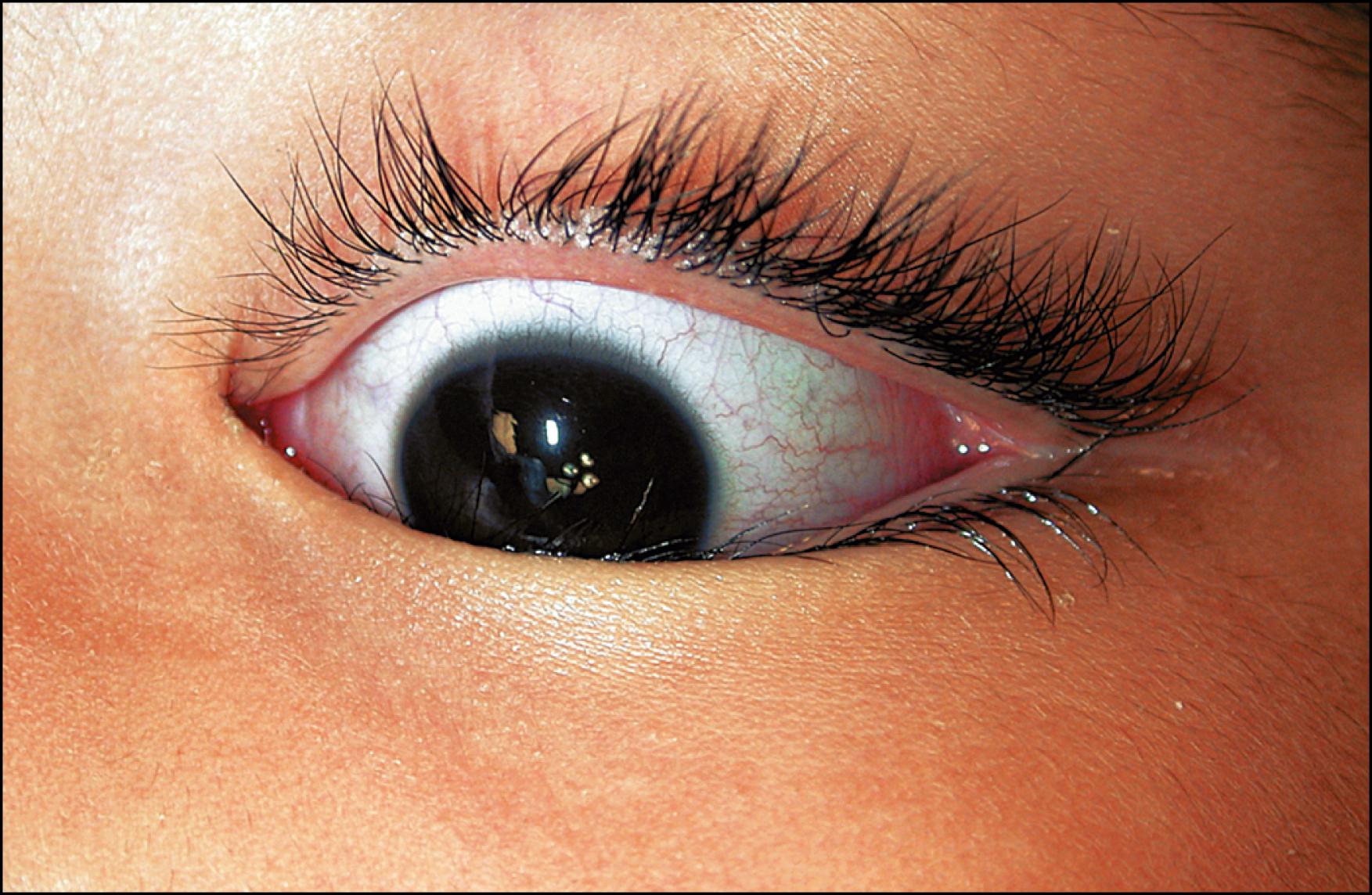Physical Address
304 North Cardinal St.
Dorchester Center, MA 02124
Epiphora, or chronic overflow of tears, is caused by overproduction, outflow obstruction, or failure of the tear pump.
Chronic ocular surface irritation is a common source of tear overproduction.
The lacrimal pump is mediated by contraction of the orbicularis oculi and medial canthal tendon.
The epiphora examination should include an assessment of the position of the lid and lashes, the frequency and effectiveness of the blink reflex, conjunctivochalasis, the patency of the lacrimal system, and the effectiveness of the lacrimal pump.
Treatment of overproduction epiphora involves addressing the underlying cause.
Treatment of outflow epiphora is dependent on the location of the obstruction.
Treatment of lacrimal pump failure generally requires tightening of the lower eyelid.
Tearing is essential for the eye to function normally. Tearing creates not only a protective lubricant layer, but also a refractive surface, and provides immunoglobulins and lysozyme to fight potential infection. Excess tearing or lacrimation is often both normal and necessary to flush debris away from the eye or dilute noxious chemicals that may potentially damage the eye. Furthermore, excess tearing may be caused by emotional distress.
Epiphora is an abnormal condition, which describes the chronic overflow of tears onto the cheek. There are many different causes of epiphora which can be divided into three general categories: chronic overproduction of tears, outflow obstruction, and failure of the tear pump.
The accessory lacrimal glands (glands of Krause and Wolfring) mediate basal tear production. If the conjunctiva or the corneal surfaces are irritated, reflex tearing is initiated in the main lacrimal gland. Lacrimal gland secretion is controlled by parasympathetic fibers from the superior salivary nucleus that travel along the facial nerve to the maxillary branch of the trigeminal nerve to the lacrimal gland. If the reflex tearing response is severe, this may overwhelm the lacrimal outflow system and produce overflow onto the cheek.
Chronic ocular surface irritation is the most common cause of epiphora. Tear dysfunction is a common cause of chronic ocular irritation. The conjunctiva produces the mucin layer, the lacrimal gland produces the aqueous, and the meibomian glands produces the oily layer. Pathology affecting these structures, such as blepharitis and conjunctivitis, can cause epiphora. Conditions that deform the natural contours of the ocular surface can also cause chronic ocular irritation and overflow tearing. Eyelash and eyelid abnormalities such as trichiasis or entropion can also cause chronic ocular irritation and lead to epiphora ( Fig. 35.1 ).

Exposure of the ocular surface can lead to epithelial breakdown, chronic eye pain, and subsequent epiphora. Causes of eye exposure are numerous but can be divided into two broad categories: globe malposition, such as proptosis, and eyelid malposition, such as lid retraction. An intraorbital process such as a tumor, inflammation, or thyroid eye disease can cause proptosis. Lid malposition commonly occurs due to involutional changes but may also occur from thyroid eye disease, cicatricial changes, or postsurgical changes after transcutaneous lower blepharoplasty and laser skin resurfacing. Ptosis repair, especially in patients with myogenic ptosis, can result in chronic exposure keratopathy. Facial nerve paralysis and lack of orbicularis muscle tone can cause incomplete eyelid closure and a diminished blink reflex, leading to ocular exposure.
Become a Clinical Tree membership for Full access and enjoy Unlimited articles
If you are a member. Log in here